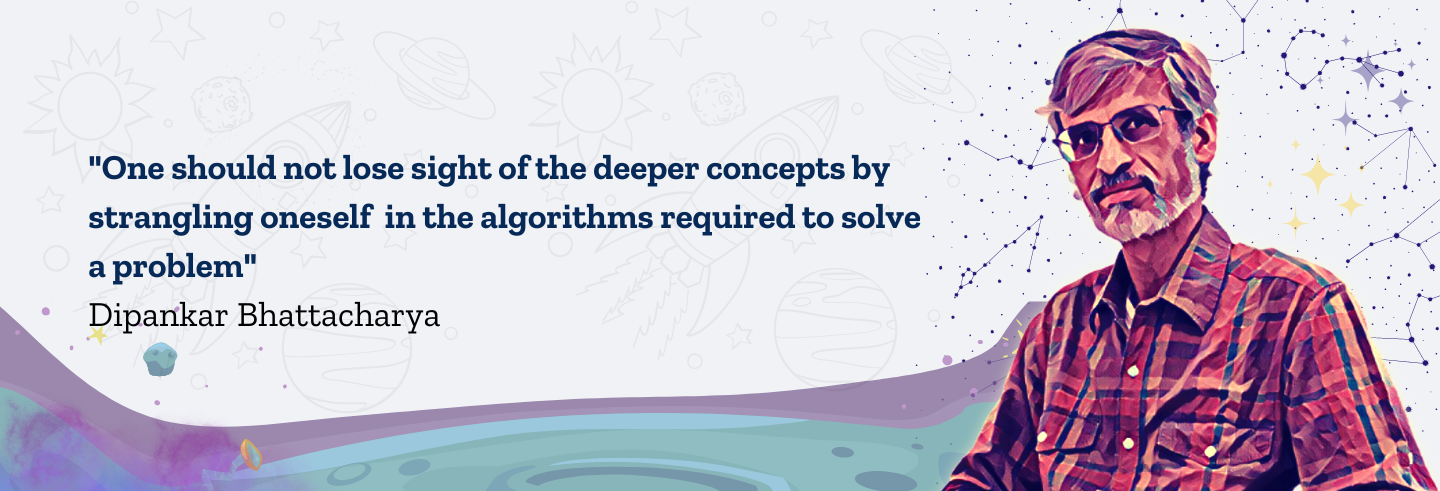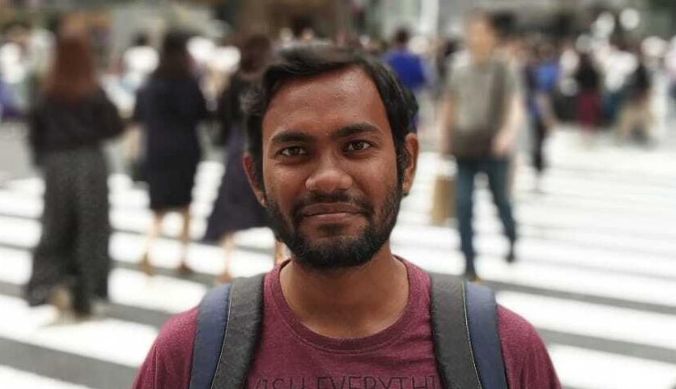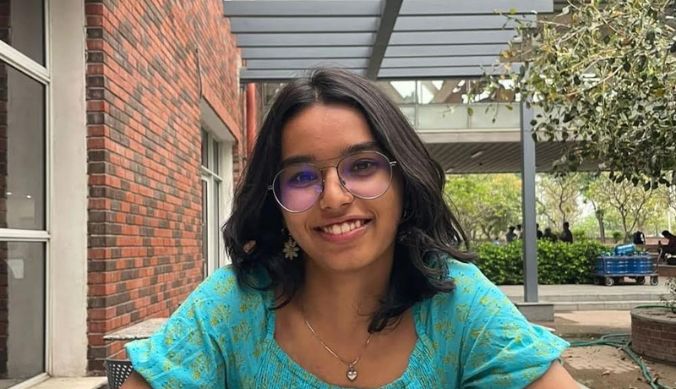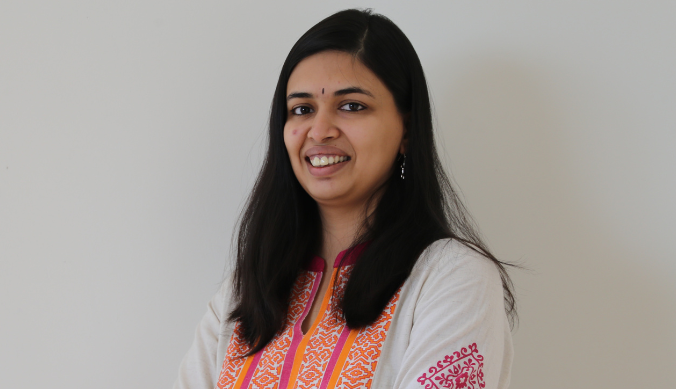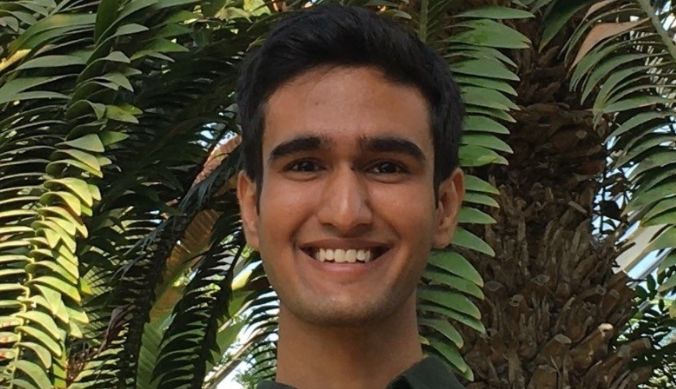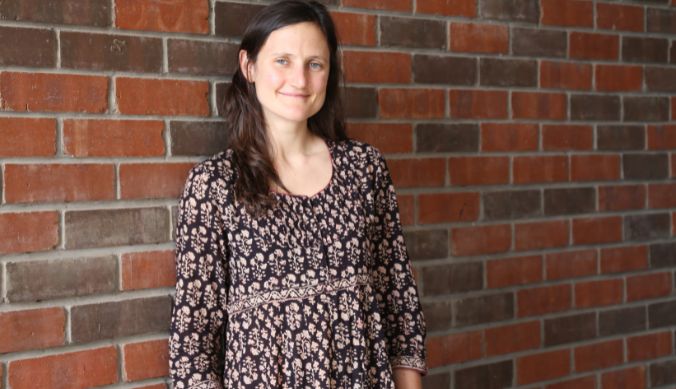‘In science, if you think what you are doing is a burden then you are not doing it right’
Dipankar Bhattacharya, Head of the Department, Physics and the Sunanda and Santimay Basu Professor of Astrophysics at Ashoka University, elaborates on his plans for growing the Astrophysics Programme on the research and teaching fronts at Ashoka University
Prof. Dipankar Bhattacharya’s research centres around a class of astrophysical entities classified as compact objects (which include Neutron Stars, White Dwarfs and Black Holes). His recent interest lies in investigating the origin of polarized high energy radiation in environments around these compact objects.
‘It is an exciting field because now we have brand new, highly capable observatories that are allowing us to probe this vital, yet largely unexplored, aspect of these exotic objects.’
One such mission that enables these observations in the hard X-Ray regime is India’s AstroSat – a project which Prof. Bhattacharya has been associated with since its inception.
Prof. Bhattacharya joined the Inter-University Centre for Astronomy and Astrophysics (IUCAA), Pune in 2007. He worked there for 15 years before joining Ashoka University as the Sunanda & Santimay Basu Astrophysics Professor.
When asked about his plan to establish Astrophysics at Ashoka, he elaborated, ‘I realised there was a great interest amongst students to learn and a great interest amongst the faculty to grow astrophysics here. Furthermore, the fact that an astrophysics program does not already exist here gives me an opportunity to guide the effort – I can grow something new from scratch. I look forward to developing unique activities at Ashoka, replicas of which are not found easily in astrophysics programmes existing elsewhere’.
Sharing his plan on a prospective data initiative at Ashoka University, Prof Bhattacharya said ‘One of the things that I want to do is to use the vast amounts of available data to extract new inferences – this will coexist with the already running data science and machine learning projects at Ashoka. The other thing that I would like to work on is to contribute to the various kinds of computer simulations (which include gravity, fluid mechanics, radiation and electromagnetism) that have become increasingly relevant in the field recently. I wish to build the capability here so that expertise in all these domains is available. This means whenever anything interesting is on the horizon we can unleash our machinery to analyse science from all angles.’
‘In the near future I am also setting up a teaching undergraduate astronomy lab which would cover measurement methods, navigation, etc. Following this, we will set-up a data lab which would also be a part of the teaching program. It is likely that some of the people we hire may wish to build new instruments, in which case we will set-up the required instrumentation labs – but we’ll cross that bridge when we reach there’, he shared.
Prof. Bhattacharya has worked extensively with High Performance Computing (HPCs) clusters and is teaching advanced methods in computational astrophysics and geophysics at Ashoka University.
‘I’ve been interested in computing since my early days as a physics student. Those were also the early days of computing itself. Though I did not have access to large computers, I was still interested in the kind of fundamental problems that computer scientists were engaging with. During my undergraduate years, we would have to write our program first on a piece of paper, then go to a card punch machine to program the cards and hand those cards to the people who would run the program. The output would then be printed and rolled around the program cards to be collected by us the next day. Sometimes all that the print out would say is ‘SYNTAX ERROR’. As a student, I worked on a summer project which required engagements with numerical work at BARC, Mumbai’, he recalled.
Gradually, by the 1980s, there was a growing interest in computing in India and places like Institute of Mathematical Sciences, IISc, DRDO, CDoT and others had started building High Performance Computers of their own design. Today, of course, generation and analysis of astoundingly large amounts of data computationally has become an essential component of astronomy – one which India has been actively participating in.
Scientific research seems to fail at a high rate – experiments go wrong, probes are contaminated, measurements do not deliver anticipated results, models are misrepresentative, etc. When feeling stuck on a problem, Prof. Bhattacharya says ‘letting your brain relax a bit always helps’.
Sometimes when he goes to bed with a problem, he wakes up with a solution – he cautions, however, ‘one cannot always rely on this method.’
For someone who is just entering college, he recommends the book Jonathan Livingston Seagull by Richard Bach. The broad theme of the book is to inspire oneself to free their mind. Another book that he recommends as a great way of seeing interesting connections is Gödel Escher Bach by Douglas Hofstadter. He remarks, ‘The point of science is to open your mind and unfold interesting connections’.
He has two pieces of advice for students interested in physics. First, he suggests ‘one should not lose sight of the deeper concepts by strangling oneself in the algorithms required to solve a problem’. Second, he insists, ‘Enjoy your work. In science, if you think what you are doing is a burden then you are not doing it right. Science is about getting a deeper comprehension of the universe and that can never be boring.’
Interview conducted by Mr Kartik Tiwari and Dr Yukti Arora





